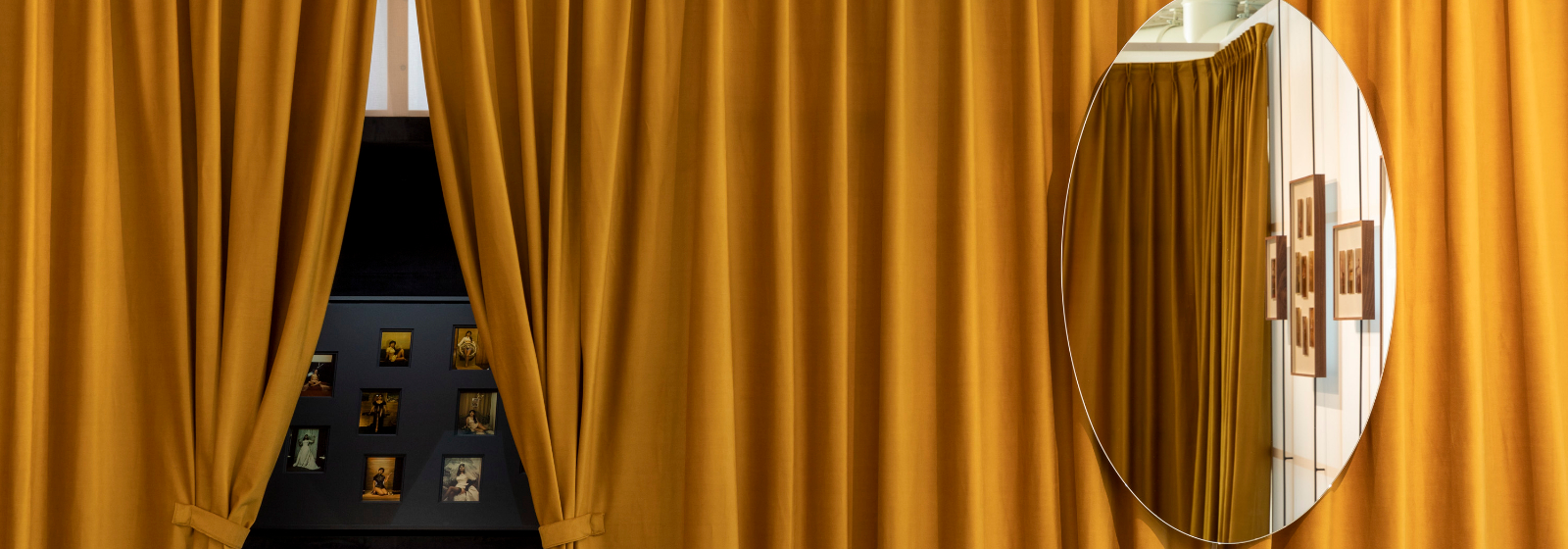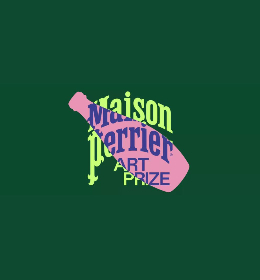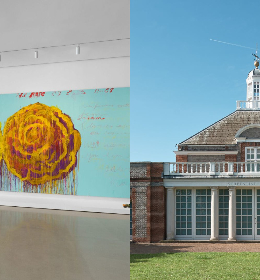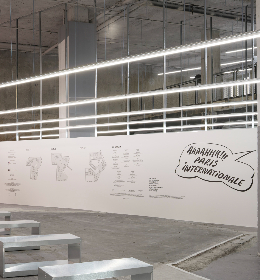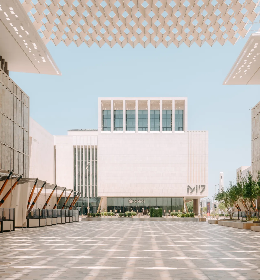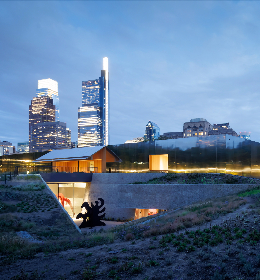The exhibition “Mollino/Insides” is currently running until 16 May 2021. Centred around the Casa Mollino in Turin, the exhibition features work by three artists — Carlo Mollino, Enoc Perez and Brigitte Schindler — and their relationship to this house, built by Carlo Mollino himself in the 1930s.
The concept is simple, but explained without attending the show, it can appear convoluted, thus I will lay it out in the plainest terms. The exhibition is three rooms, each featuring the work of a different artist. The first contains paintings (of the Casa Mollino) by artist Enoc Perez. The second room contains photos (of the Casa Mollino) by photographer Brigitte Schindler. The third room contains polaroids taken himself (not inside the Casa Mollino) by Carlo Mollino.
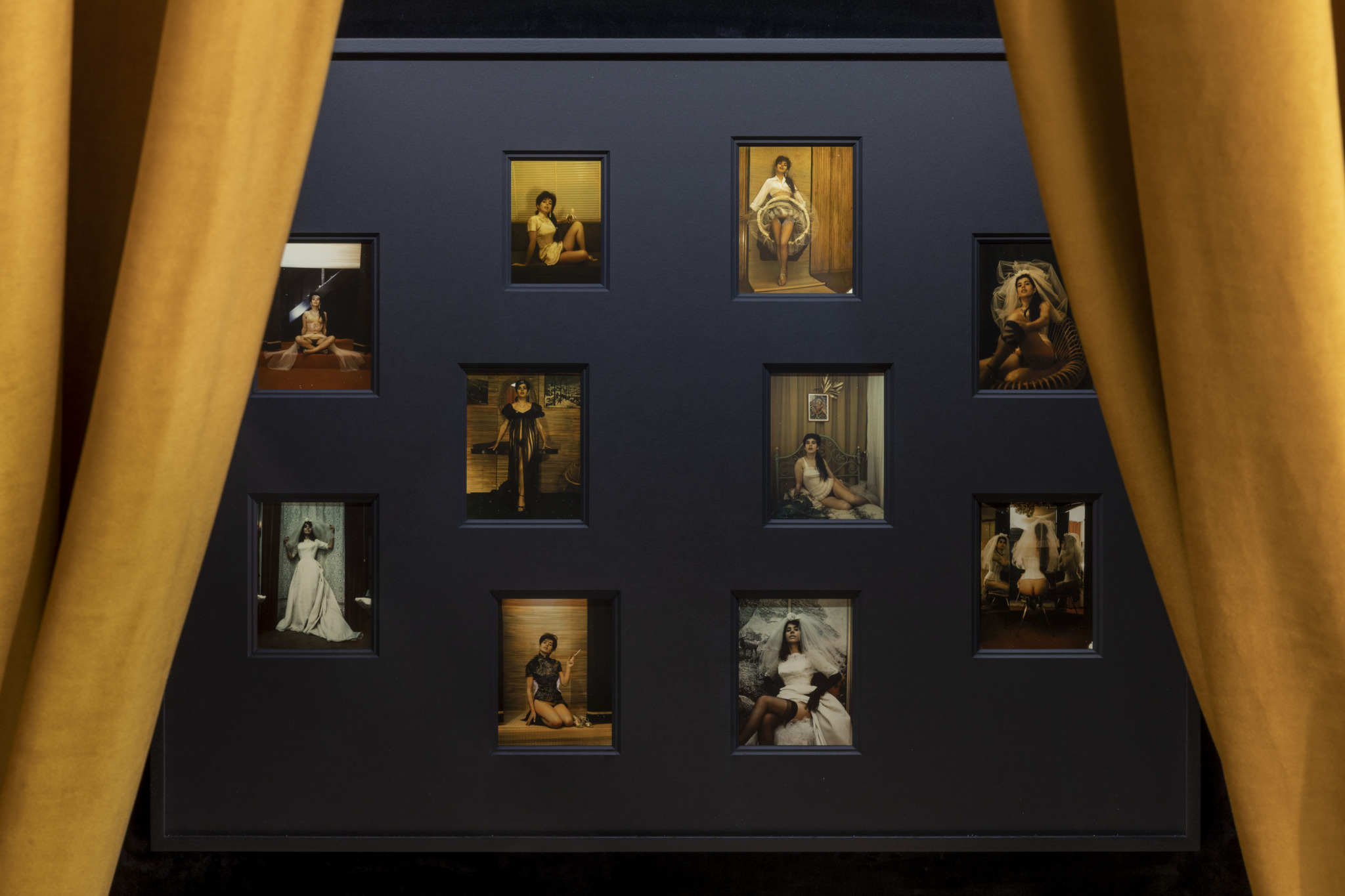
Enoc Perez, Brigitte Schindler, Carlo Mollino — "Mollino/Insides" © Ph. Roberto Marossi
The exhibition operates as an elusive hagiographic visual biography of Mollino, where the architect-inventor-photographer-skiier-writer-race car driver-pilot never actually appears himself. Perez is best known for his architectural paintings, however an encounter with the Casa Mollino drew him inside (seemingly apt given the past year has been one where most of us have spent a large portion trapped inside). His studies of Modernist architecture came to form a body of work which reflected on power and permanence, but this move inside is described by the artist as almost like a midlife crisis. Looking inside is also a personal process, seeking what inspired him as a young painter. The spaces depicted in his photos appear appealing, inviting, aspirational.
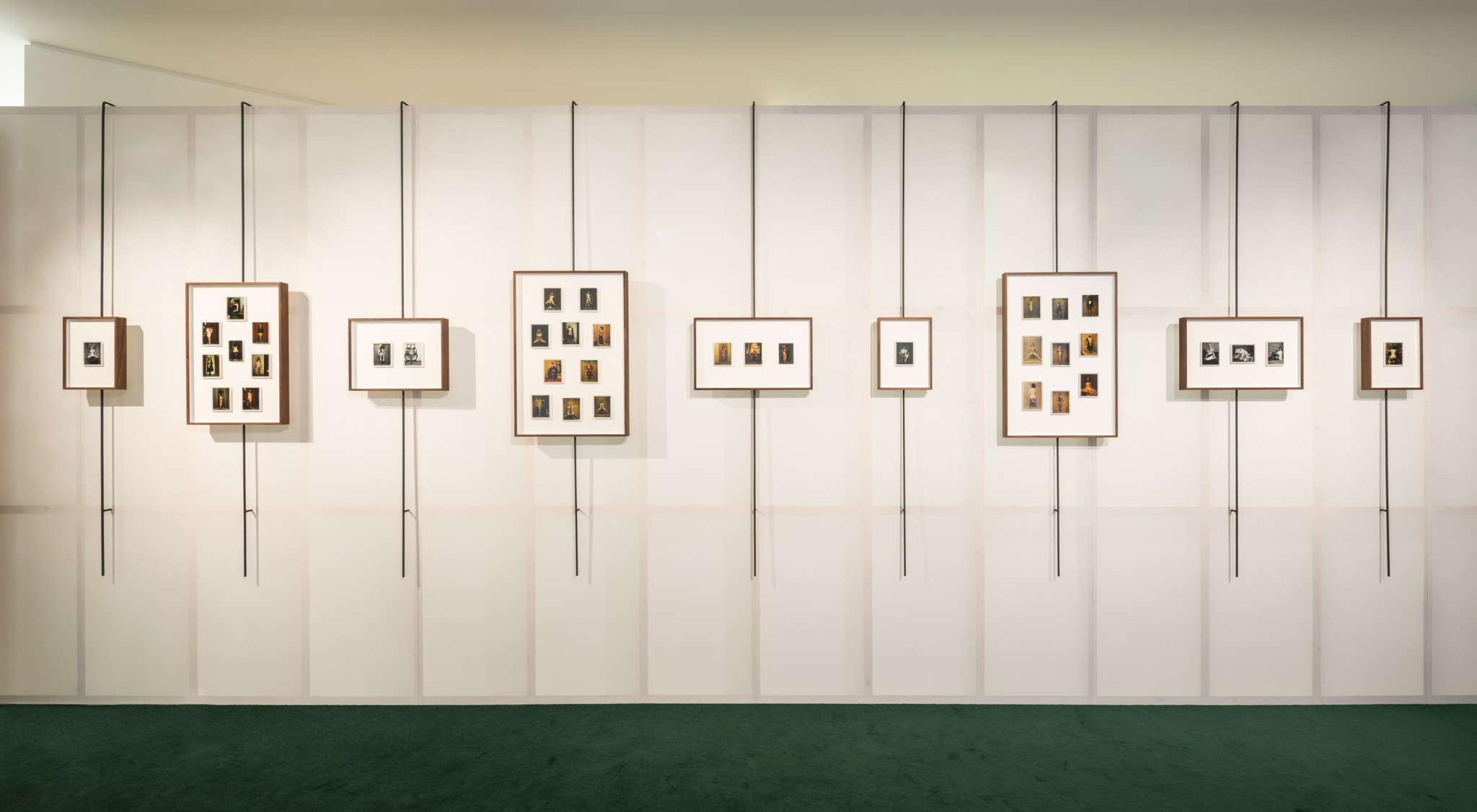
Enoc Perez, Brigitte Schindler, Carlo Mollino — "Mollino/Insides" © Ph. Roberto Marossi
Schindler’s photos on the other hand are more surreal; the lighting and the detail make them look like hyperrealist paintings. They give off an uncanny energy too; blown up to the size of an entire wall, the compositions feature no windows, no doorways, only multiple mirrors that reflect back other closed off spaces of the inside of the house. There are repeated photos of the same space, except that each is unrecognisable from the next, save for the distinctive decorative pieces such as a conch shell or an elaborate cane, which recur from time to time. The spaces are ornate in a decadent, fin de siècle way, I almost expect to see a bejewelled tortoise à la Huysmans hiding under a mustard yellow velvet curtain.
So, not only are these scenes intense in themselves, but their scale gives the impression you are actually inside a mock up of the house, building on a cinematic sense of unease. This sensation is compounded in the last room, where Mollino's polaroids of nude women are lined up in their dozens across the walls. A mirror, recognisable from Schindler’s photographs, is at the end of the room behind a big velvet curtain, a recurring motif highlighted by this curatorial quirk. The photos seem a little like the salacious little secret that the airless space of Schindler’s photos contains.

Enoc Perez, Brigitte Schindler, Carlo Mollino — "Mollino/Insides" © Ph. Roberto Marossi




